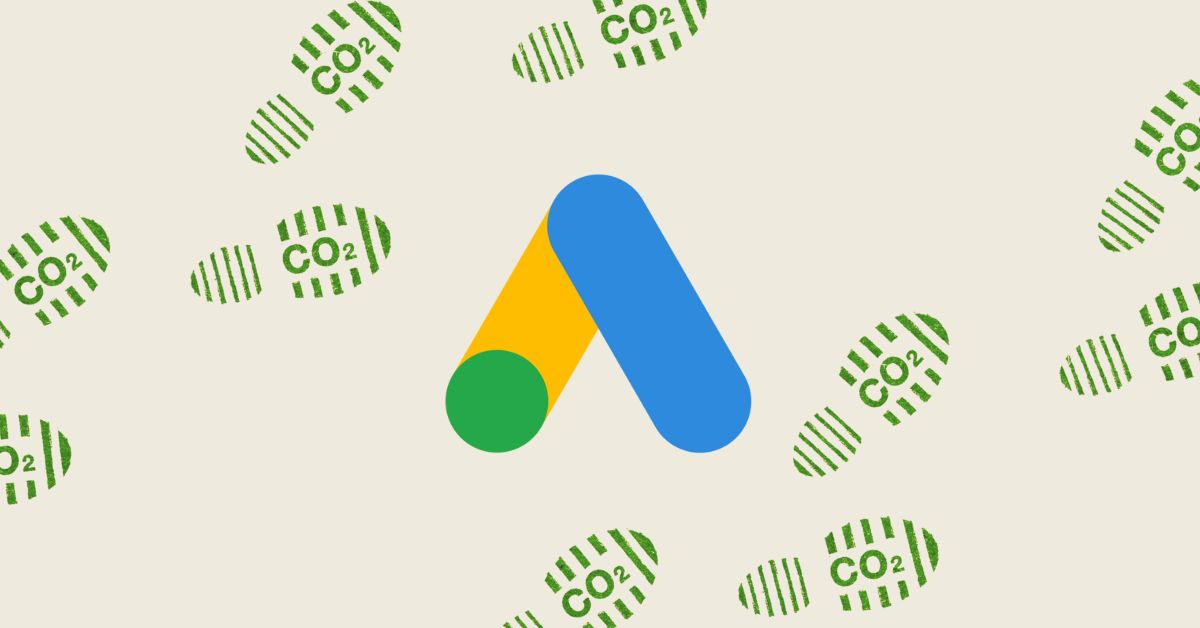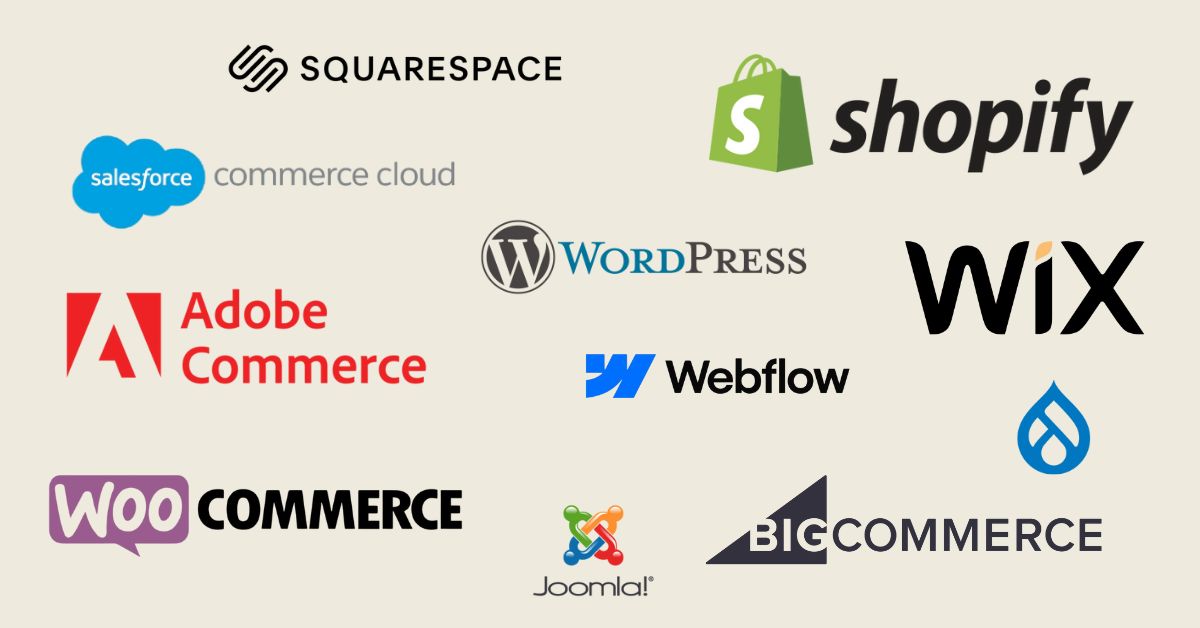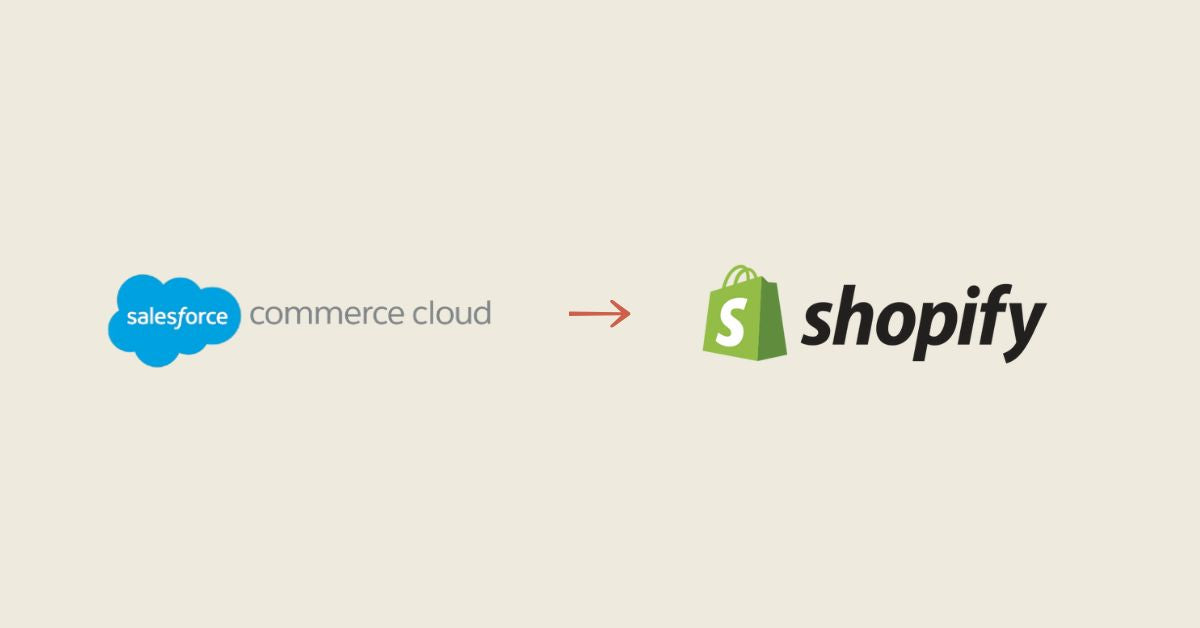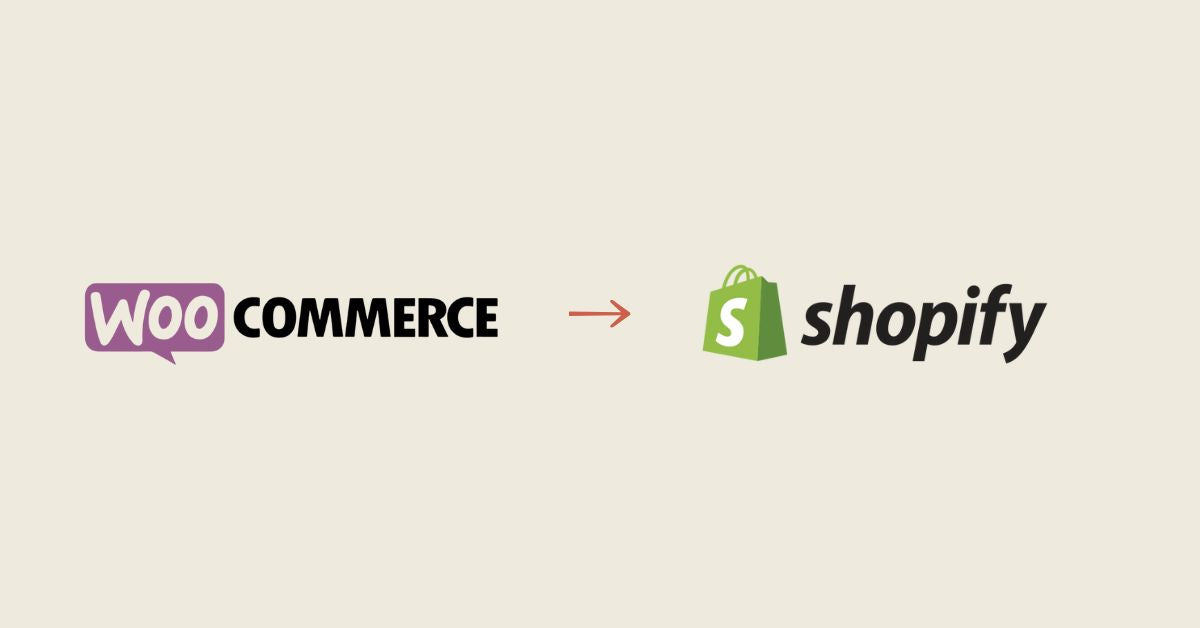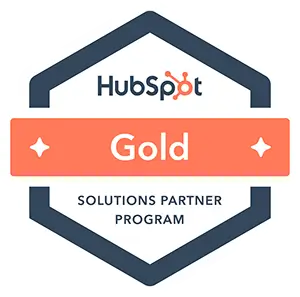If you run a Shopify store, you need to be aware of SEO. Optimizing your Shopify site for search engines will help you generate more traffic and make more sales.
Shopify offers several features that can help you with SEO, and there are a few tricks you can use to improve your ranking. Let's take a look at the definition of Shopify SEO.
What is Shopify SEO?
As we know, search engine optimization is the process of optimizing a website for Google and other search engines. When done correctly, SEO can help a website rank higher in SERPs, which means more traffic.
Shopify SEO is a little different from traditional SEO because it focuses on optimizing e-commerce stores built with Shopify and therefore takes into account the CMS's features. By optimizing your Shopify store, you can improve your visibility on search engine results pages and attract more customers.
Factors to Consider When SEO for Shopify
Shopify offers users and store owners a wide range of features such as customization, dropshipping, local sales, and more. However, just because you have a Shopify store doesn't mean it will automatically rank high in Google search results. Here are some factors to consider when doing Shopify SEO:
Register a custom domain name through Shopify
One of the first things you should do is register a custom domain name. This will make it easier for customers to find and remember your website and will also help your site rank higher in SERPs by using the right keywords. Shopify makes it easy to register a domain name through its platform.
Setting up Google Analytics and Google Search Console
Once you've installed Google Analytics (GA) for your Shopify store, you'll be able to track your website traffic and see how your SEO efforts are paying off. Google Analytics provides detailed data on all aspects of your website traffic, including the channels your users come from (organic traffic is what you're interested in for analyzing your SEO efforts), their demographics, and their behavior on your website. GA is also required for e-commerce websites to track purchase flows.
Google Search Console (GSC) allows you to track your website's organic performance, search queries your Shopify site is showing up for, technical issues your web pages are experiencing, and backlink data.
You can also see information about your site's impressions, clicks, and click-through rates in Google search results.
Consider a third-party SEO tool
You need third-party SEO tools because they typically have more features to analyze your e-commerce website and niche, find the right keywords and backlink opportunities, and monitor your competitors. Additionally, you'll need a more comprehensive view of your website traffic and that of your competitors. You can get actionable insights and Know the traffic of a site with SE Ranking , including the number of visitors, the keywords that attract the most traffic, the cost of traffic, etc. With such a tool, you can also monitor the influence of Google updates on your website traffic. It contains all the data provided by GA and GSC and many additional essential features for developing an SEO strategy and tracking the performance of your competitors that are not available in Google's basic tools.
5 Shopify SEO Tips to Help Your Customers Find You
If you run a Shopify store, you know how important it is to make sure your customers can find you. Here are some tips to improve your online visibility by optimizing your Shopify store for search engines:
Optimize Shopify product pages
By following a few simple tips, you can optimize your pages for better search engine rankings:
- Keyword research. To optimize your Shopify product pages, keyword research is essential to understand exactly which search terms your pages should rank for. By targeting the right keywords, you can drive more traffic and increase conversions.
- Buyer intent. To identify keywords to target, Shopify store owners need to understand buyer intent. Buyer intent refers to the motivation behind a consumer's search query. Understanding buyer intent is essential for driving targeted traffic to your website and improving your SEO strategy.
- Meta title and description . The meta title and description are essential SEO elements that tell search engines what your webpage is about. This snippet of text is displayed in search results and can be a great way to attract potential visitors.
- Images. The success of your Shopify store depends on making a good first impression on your customers. One way to achieve this is by uploading high-quality product photography.
Structure your Shopify store
Structured data is a standardized format for providing information about a page and describing its content. This information can help you improve your visibility in search results and ultimately increase your sales.
There are a few recommended mappings that should be in place for Shopify stores:
- The first mapping consists of “Product” structured data used to specify the product name, price, and availability.
- The second mapping is the "collection" of structured data used for categories. It tells search engines which products are in a particular collection and is therefore linked.
- There is also “Article” or “BlogPosting” structured data to map your blog posts.
- You should also use BreadCrumbList structured data to display the hierarchy of your e-commerce pages (e.g., which category a particular product page belongs to).
Search engines also use structured data to generate rich snippets, short summaries of web page content that appear in search results along with additional information about the page, such as ratings, pricing, and location data. To test your web page, use Google's Rich Results Test. This tool will help validate your code and ensure your website displays correctly on search engine results pages.
Avoid duplicate content
If you run a Shopify store , it's important to be aware of the risk of duplicate content, as the platform can automatically create two identical URLs for the same product.
One way to avoid duplicate content is to use canonical tags. Canonical tags tell Google which version of a page is the "master" or "original" version. If you have multiple versions of a page on your store, Google will tell you which one should be indexed and ranked in search results. Fortunately, Shopify will automatically add canonical tags to your pages.
Avoid broken links
If you've ever deleted a page from your Shopify store, you'll likely encounter a 404 or non-existent URL issue. This is bad for search engine bots because you're devoting their resources to crawling broken pages, and it's also bad for users, who feel frustrated when they do.
To resolve these issues, you should create a 301 redirect to send traffic from the old URL to the new one. This is especially important if you have external or internal links to your deleted page, as these links will no longer work properly if they aren't redirected. This way, you won't hurt your SEO and you'll keep users happy.
Get links to your store
When it comes to search engine optimization, backlinks remain one of the most important ranking factors. The quantity and quality of links pointing to your site affect your ranking in SERPs, as search engines will consider your website trustworthy. Here are some tips for getting links to your store:
- Publish guest posts on high authority websites.
- Contact bloggers and ask them to review your products.
- Get links from the manufacturer of your product.
- Earn organic backlinks by maintaining fresh and engaging content to increase your website traffic and get more links.
Conclusion
Attracting significant traffic is central to optimizing your Shopify store for search. To achieve this goal, you need to implement SEO on your website. This includes optimizing your Shopify product pages for search engines, structuring your store, and preventing common issues in Shopify, such as duplicate content.
Additionally, it would be beneficial to create a Shopify blog, increase the number of links to your site, and improve website speed. Don't forget to conduct regular technical SEO audits to keep your Shopify store technically sound and optimized for search engines.



